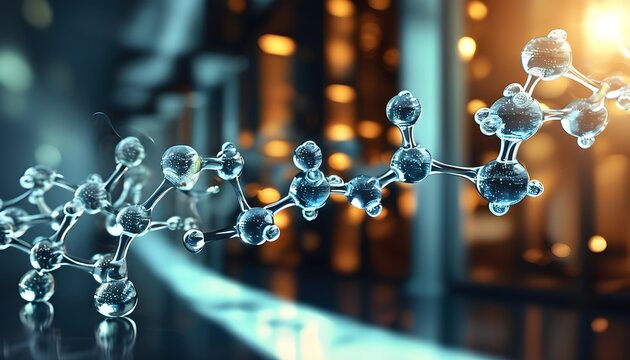
Chemical Kinetics and Dynamics
Chemical Kinetics and Dynamics is the branch of chemistry that studies the rates of chemical reactions and how they change over time. Chemical Kinetics focuses on how quickly reactions occur, while Chemical Dynamics looks at the detailed steps and mechanisms of these reactions. This field helps us understand why some reactions happen quickly and others slowly, and how different factors like temperature or pressure affect these rates. By studying these processes, scientists can control reactions better, design new materials, and improve industrial processes.
Back Home:max_bytes(150000):strip_icc()/GettyImages-146242154-56a134e75f9b58b7d0bd05aa.jpg)
When was it discovered?
The study of Chemical Kinetics began in the late 19th and early 20th centuries. Key early contributors included scientists like Wilhelm Ostwald and Svante Arrhenius, who helped establish foundational concepts in the field. Ostwald’s work on reaction rates and Arrhenius’s development of the Arrhenius equation, which explains how temperature affects reaction rates, were significant milestones. Since then, the field has grown with new theories and experimental techniques to explore how reactions occur at the molecular level.

How does it help us?
Chemical Kinetics and Dynamics help us understand how reactions happen and how we can control them. This knowledge is crucial for designing better chemical processes in industries, such as pharmaceuticals, where precise reaction conditions are needed. It also aids in developing new materials with specific properties and improving environmental processes by understanding how pollutants break down. Overall, this field enables scientists and engineers to optimize reactions, improve product quality, and create new technologies.

How does understanding reaction rates and mechanisms benefit industries and research?
Understanding reaction rates and mechanisms benefits industries and research by providing insights into how to control and optimize chemical processes. This knowledge allows for the development of more efficient manufacturing methods, better quality control, and the creation of innovative products. In research, it helps scientists design experiments and understand complex chemical systems. By mastering these concepts, we can improve processes in fields like pharmaceuticals, materials science, and environmental science, leading to more effective and sustainable solutions.
Recap
What is Chemical Kinetics and Dynamics?
It studies the rates of chemical reactions and their mechanisms.
When was it discovered?
Began in the late 19th and early 20th centuries with scientists like Ostwald and Arrhenius.
How can it help us?
It helps optimize reactions, improve products, and develop new technologies.